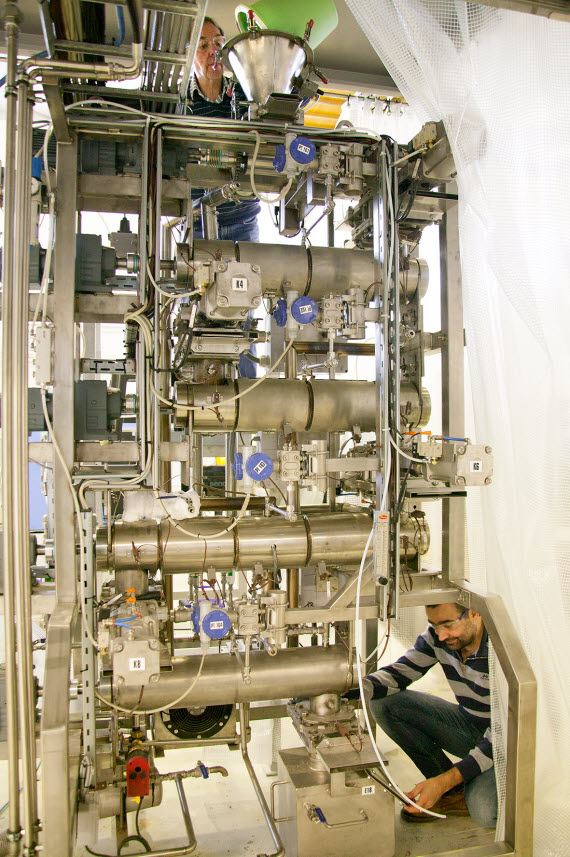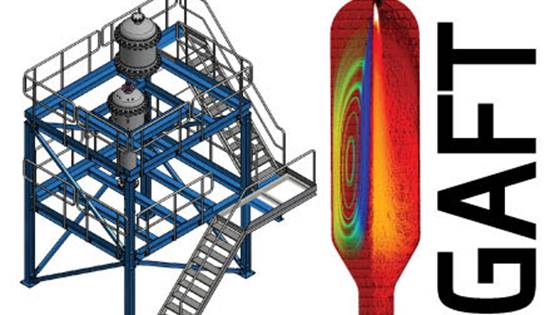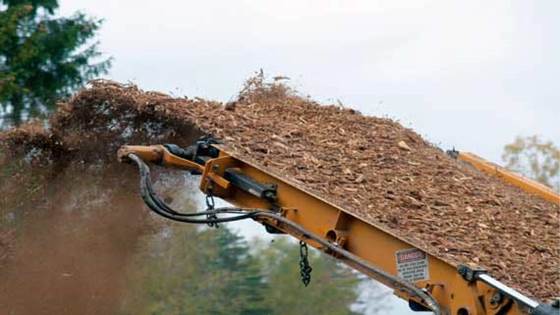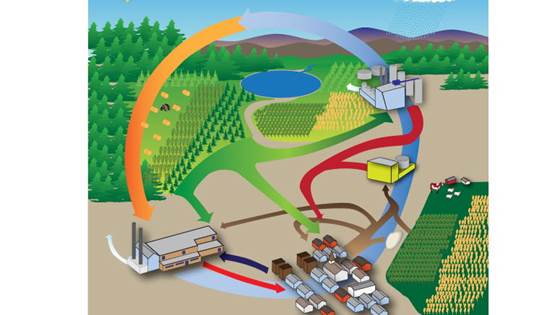The treatment results in increased heating value and increased energy density (after compaction), lower grinding energy requirement, smaller particles and narrower particle size distribution after grinding and a hydrophobic nature of the solid product. The hydrophobic nature means that the solid product has much better water repelling properties, which makes it very resistant to biodegradation.
Dry torrefaction is often referred to as a mild pyrolysis (200-300 ºC) process, which means that the thermal degradation occurs at relatively low temperature and at inert conditions. Wet torrefaction is also possible, where the biomass is heated in pressurized water. The pressure is high enough to keep the water in liquid form, and lower temperatures are needed compared to dry torrefaction.
The additional benefits of wet torrefaction are the possibility to use very wet biomass as well as washing out water soluble ash elements.
We work within these areas:
- Process development and system analysis
- Assessment of torrefied material properties
- Particle size distribution and particle morphology
- Hydrophobicity
- Grinding energy requirement
- Proximate and ultimate analyses
- Ash analysis
- Decomposition kinetics
- Product distribution studies
- Thermochemical conversion behavior (gasification and combustion)
- Techno-economic evaluation
- Value chain analysis
Methods
We have a unique lab infrastructure that allows us to perform detailed torrefaction studies ranging from micro to macro scale. Since torrefaction improves the fuel energy density, it becomes essential to study the benefits of such pretreatment on the overall process economy through techno-economic studies at a value chain level. At SINTEF, we have developed our own flexible torrefaction reactor (see picture) for both fundamental torrefaction studies and for the production of torrefied material to be used in further thermal conversion studies. We also have reactors for studying wet torrefaction.

Feeding pellets made of tops and branches from the top and observing the torrefied product coming out.
Photo: SINTEF/Gry Karin Stimo
Why choose SINTEF?
SINTEF offers a unique lab and process infrastructure to investigate combustion and gasification of all solid fuels. We are a team of specialist in experiments and modelling offering quality assured results with industry relevance.





